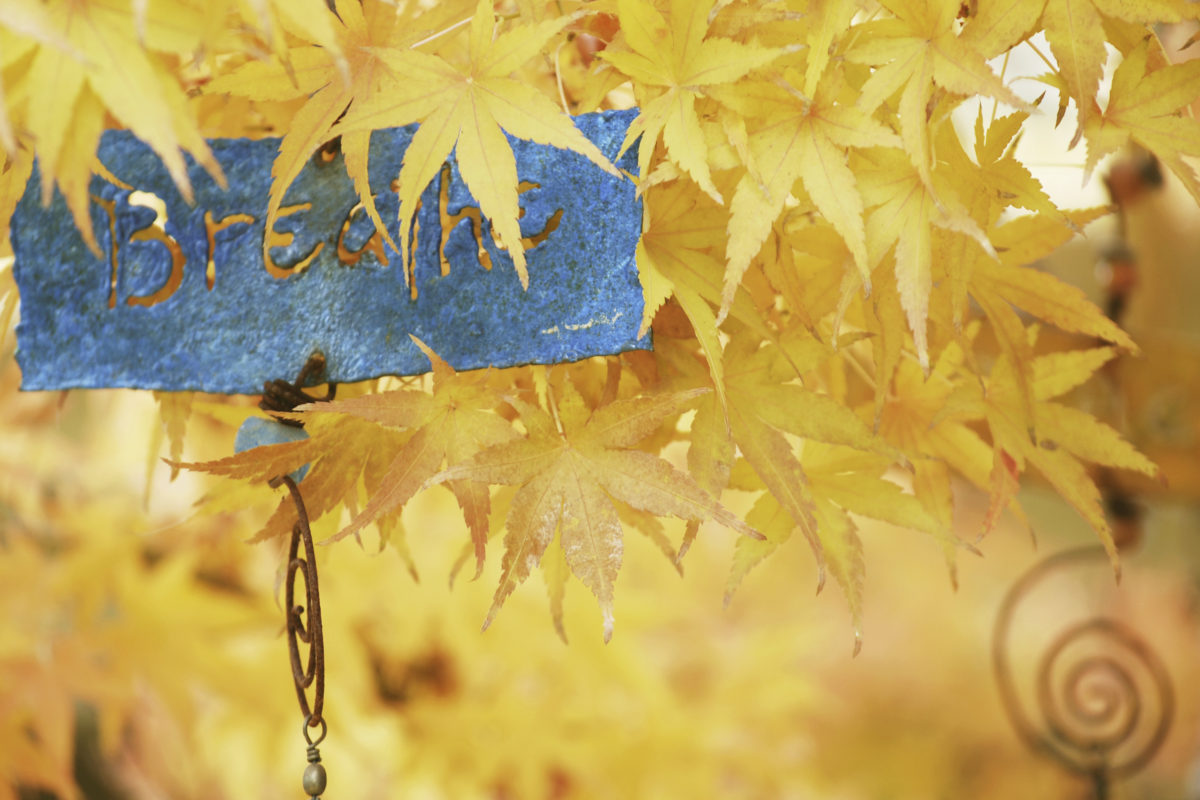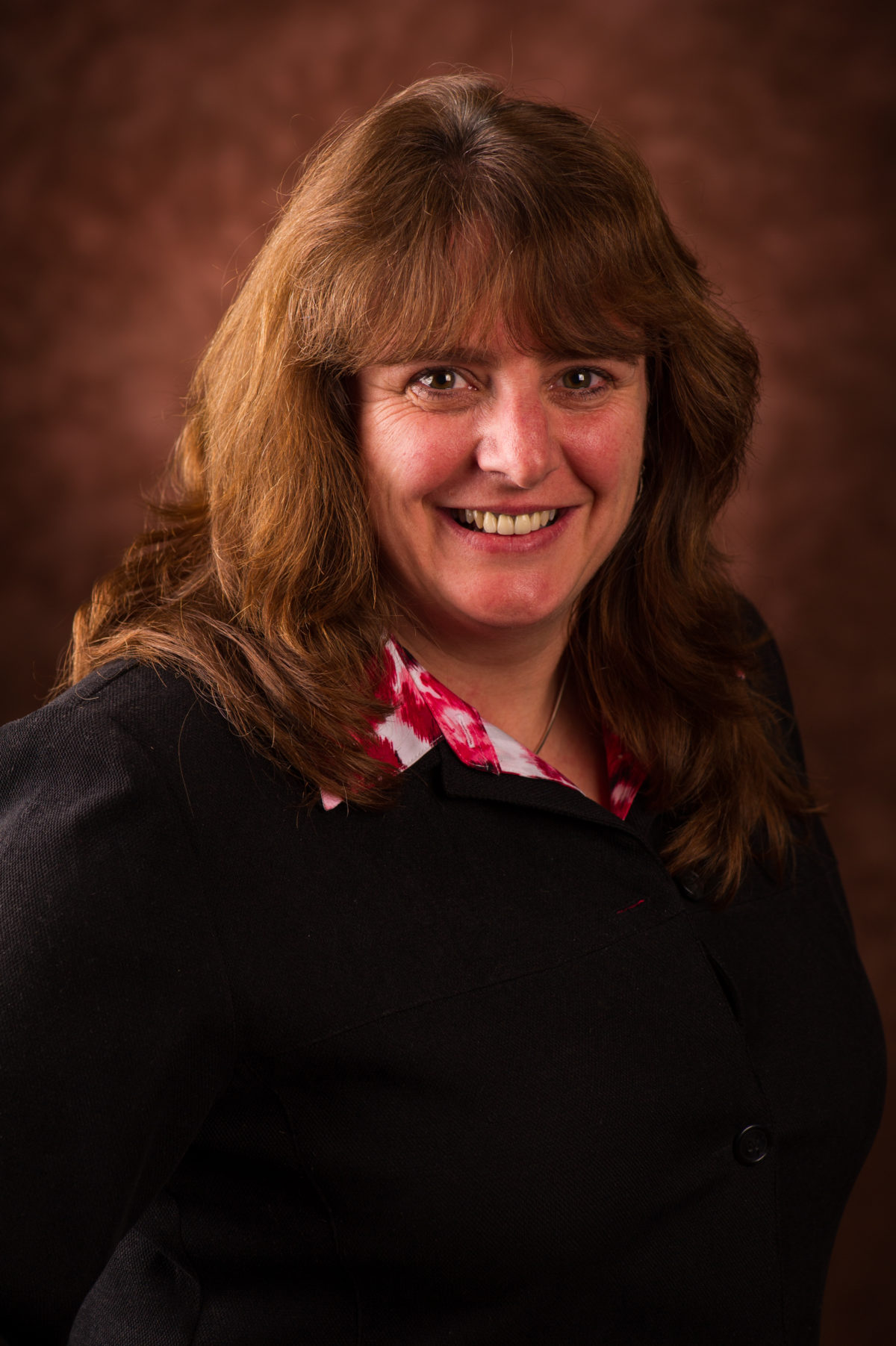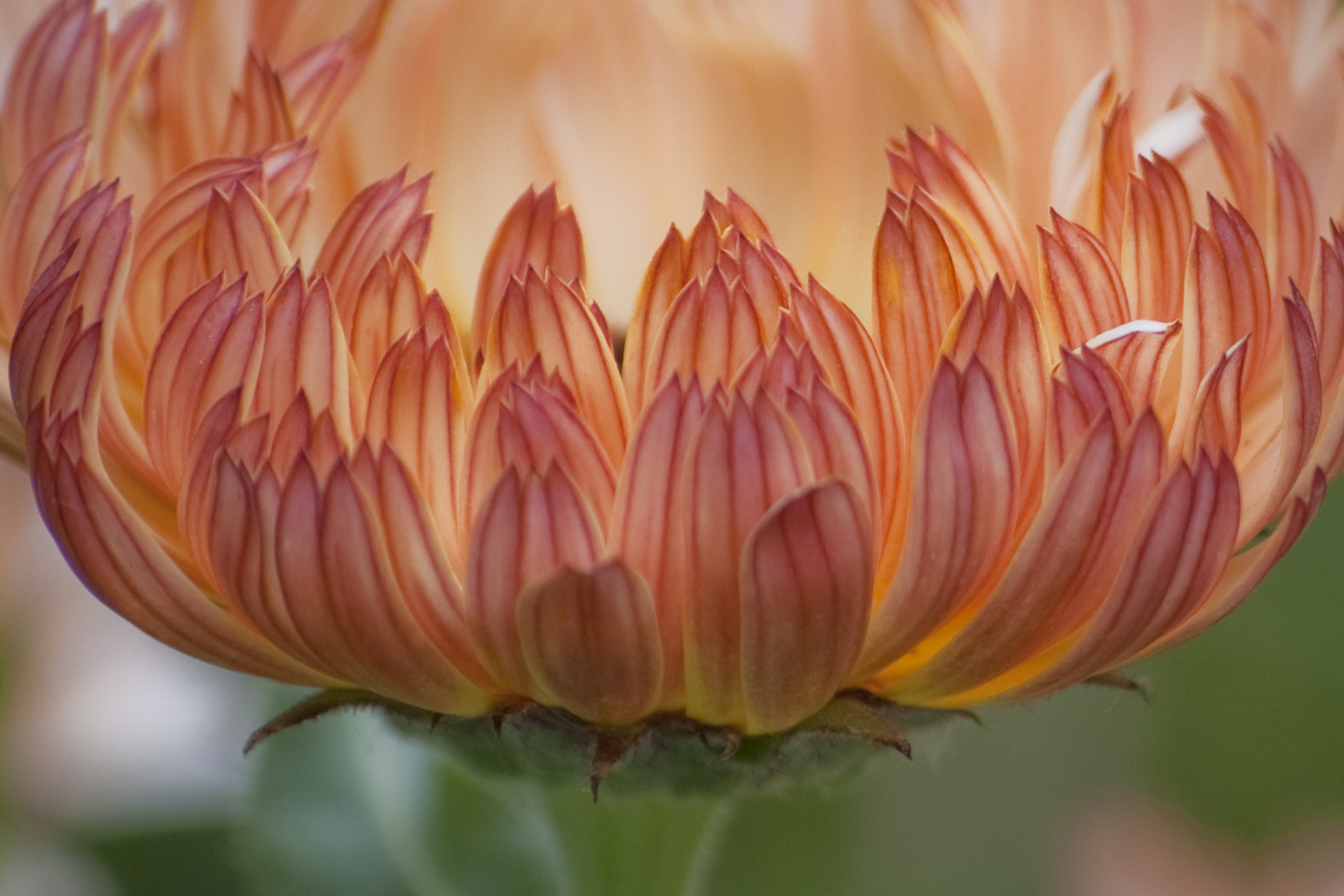Walking a Path of Forgiveness and Healing
By Vanessa Meade

When I first began to meditate, there were many times when images of things I had seen in the military and in my job as a state trooper would surface while I was sitting. I don’t call them flashbacks, as it didn’t feel like I was actually there;
Walking a Path of Forgiveness and Healing
By Vanessa Meade

When I first began to meditate, there were many times when images of things I had seen in the military and in my job as a state trooper would surface while I was sitting. I don’t call them flashbacks, as it didn’t feel like I was actually there; they were more like “flashups,” where the images appeared, kind of like on a projector screen.
Prior to starting a meditation practice, I had avoided the images for years. I saw a lot of death and destruction in my jobs, and the images of those deaths were a source of my own disconnection from myself. In order to do my job, I disconnected emotionally. The problems arose when I disconnected off the job, too, in my personal life and relationships. I couldn’t find a way to reconnect with people and have feelings without becoming overwhelmed by them, so instead I tried not to feel anything.
Although I had never thought about how disconnected I was from myself and others through “turning off ” these experiences, they still affected my everyday life in many ways. Over time, I had built up layers of armor to protect myself from feeling what had happened, and this armor guarded me from the world and shut me off from feeling and connection. Learning meditation and a sensory awareness practice helped me to identify where this armor was and how I held it in my body.
Reconnecting with Life
I began to explore how to work with the horrible images I carry, and to honor them as important and needing care and attention. As I began allowing them instead of pushing them away or trying to forget them, I started to be able to look at them rather than run from them. When one came up, I stayed with the image as long as it felt safe for me to do so. If I began to feel overwhelmed, I came back to my breath and gently touched my hand to my chest or felt my hands on my knees as I sat—being gentle with myself, not forcing or thinking I had to deal with the image in a certain way or time frame. I went back and forth between the memories and images, and the experience of sitting and connecting with my breath and body. This helped me be with the emotions and touch what was going on without becoming overwhelmed. I would allow the tears to flow and not resist the emotions.
At times, some of the images would appear again and again. Each time, they were a little easier to see and sit with. The ones that were most difficult to see and feel took more time and showed up more often than the others. The important part was not trying to focus on them—neither keeping them in my mind nor pushing them away—but just to see them for as long as they were there before my thoughts continued on to something else or another image. At one point, I actually made a list of every death I remembered and witnessed as a trooper or in the military. I began to work through these images, not by the list, but as they arose in meditation. I believe the list helped me discover what was there to be seen and helped me understand how much there was to work with.
As I was able to see and stay with the different images, I then was able to start feeling whatever the image brought up. I met deeply hidden feelings of fear, anger, grief, and many other emotions. As I accepted these emotions, I started to reconnect with my own life and with other people in different ways. I began to feel things again for the first time in years—to feel connected and alive again, instead of numb and closed off. I also began to reconnect with my own body and grieve about all of the deaths I had witnessed and indirectly or directly participated in as a soldier. While the process was difficult at times, it was a way for me to open up to the experiences I shared with the people whose deaths I had witnessed.
In this process, I found a way to release an image when it no longer felt charged in the same way, or when I felt as though I had seen it fully. I would imagine the person or people in the image surrounded in white light and then they would gently fade away into that light. I’m still not sure how I discovered this way to release the images, but it allowed me to feel that, through my process of accepting what happened, I was honoring the images I had been holding, and the people in them were being seen—witnessed.
Meeting What Is There
Sensory Awareness is a mindfulness-based practice brought to the United States by Charlotte Selver and introduced to me by Lee Klinger Lesser, from Honoring the Path of the Warrior (HPW), a mindfulness-based program for veterans. Practicing with Sensory Awareness has helped me to be able to sit in meditation and be present with what arrives in images, thoughts, and feelings. It continues to help me learn to trust myself and the natural supports that are always available to me, through breath and contact, when difficulties arise. Sensory awareness experiments help me explore what is there, with awareness, instead of rejecting it or feeling like I have to change it. The change occurs naturally. It allows my own true nature to be, just as it is, with breath, body, and movement. This practice of noticing and being aware of what is needed in the moment is a big change from the ingrained reactions that my military and law enforcement training taught me. It allows me to explore and feel how I am, right now, and meet what is there, instead of continuing the habits of the past.
As I began to work with forgiveness and self-compassion, Lee also introduced me to the work of Thich Nhat Hanh and particularly his poem, “Call Me by My True Names.” That poem helps me look at what I experienced as a soldier working with Iraqi prisoners of war and in other situations in the military. It shows me a path of forgiveness for myself and others. Reading it continually reminds me that we are all things, all of the time, and interconnected.
These practices allow me to connect with my life in so many meaningful ways and also help me continue to walk the path of my own healing and to work with other veterans to honor their experiences and explore their own healing. The images and memories still surface at times in meditation, although not nearly as often as when I started. As I connect with my life, moment to moment, and practice mindfulness, I experience new ways of living with joy, peace, and compassion for myself and others.

Vanessa Meade is a US Army/Gulf War Veteran and founder of the Alaska Veterans Organization for Women (A.V.O.W.). She is also a former Alaska state trooper and works as a mental health clinician with youth at a juvenile detention and treatment facility in Anchorage, Alaska. She practices with Fireweed Sangha, and Thay’s teachings guide her practice in many ways.

